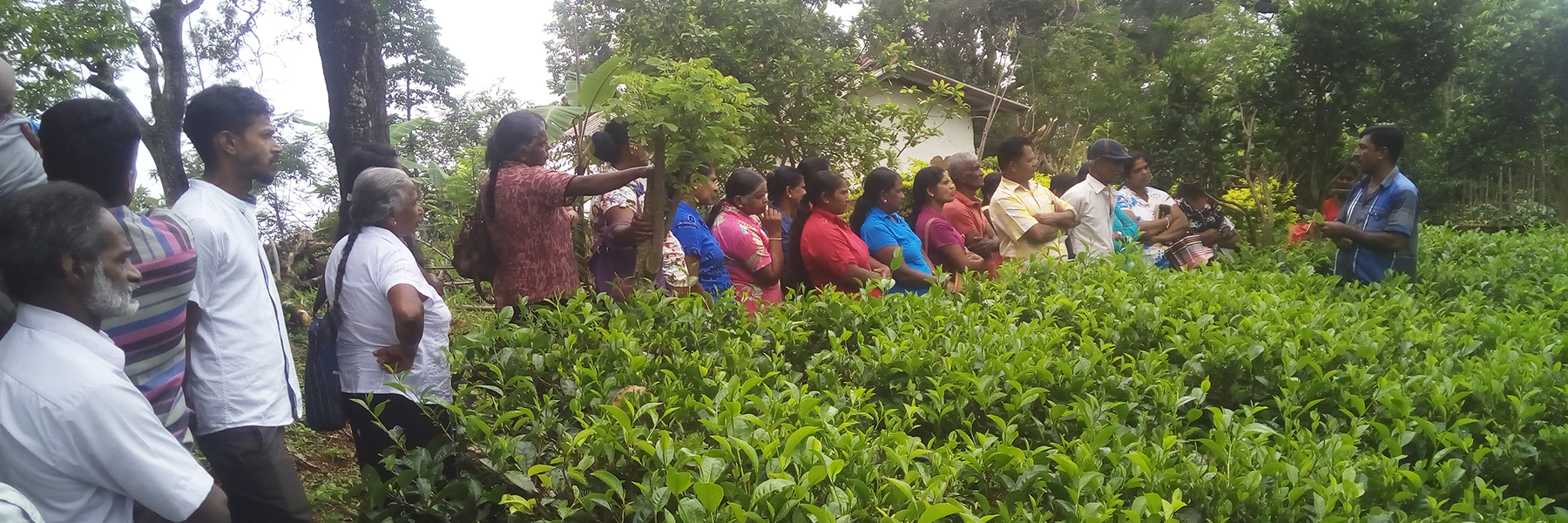Focal Area: Getting participated and sharing benefits among peripheral community members in reforestation and conservation/protection programs.
Geographic coverage: 18 Districts
Duration: 1992-2000
Implementing agency: Forest Department (of the Ministry of Environment and Natural Resources)
Donor/source of funding: Asia Development Bank Budget:
| Source | Total (Actual cost) ($) |
| Borrower (Democratic Socialist Republics of Sri Lanka) | 989,000 |
| ADB | 7,922,000 |
| AusAID | 3,868,000 |
| Beneficiaries/Farmers (contributions such as labor and fertilizer inputs by participants) | 11,285,000 |
| Total | 24,064,000 |
Brief summary of activities and relevance to SLM FAO project.
The main objectives of the project were focused on increasing tree planting activities by farmers in a manner that would increase employment, incomes, reduce poverty and rehabilitate degraded lands; facilitate the Forest Department’s capability of expanding its programs into activities pertaining to non-forest tree planting, adaptive research, extension delivery systems and privately-operated village nurseries.
To achieve the above, the project activities were categorized into three components.
- Conducting participatory forestry for the establishment of homestead gardens for growing fruit timber and multipurpose trees (which would improve the household’s nutrition levels/income/natural resources such as wood), Farmer’s Woodlots to grow trees on degraded government land; establishment of protective Woodlots for planting trees and practicing soil and water conservation activities with the aim of rehabilitating government lands which are prone to erosion; planting of trees in schools and public areas which includes along railways, roads and canals with the aim of improving the environment and raising awareness. 93% of the project’s estimated costs were allocated to this component; furthermore, this component was highly successful (see Table1.)
- Production of trees/seeds/seedlings by establishing nurseries, collecting better varieties of seeds from trees, importation of seeds, processing and storage of seeds, establishment of seed orchards for collection of seeds and vegetative propagation.
- Conducting adaptive research that would focus on boundary hedgerow/forage crop combinations; practices such as contour alley cropping which promote soil conservation; smallholder food production; Monitoring and Evaluation activities which includes considering the socioeconomic status of beneficiaries (Asian Development Bank, 2003)

